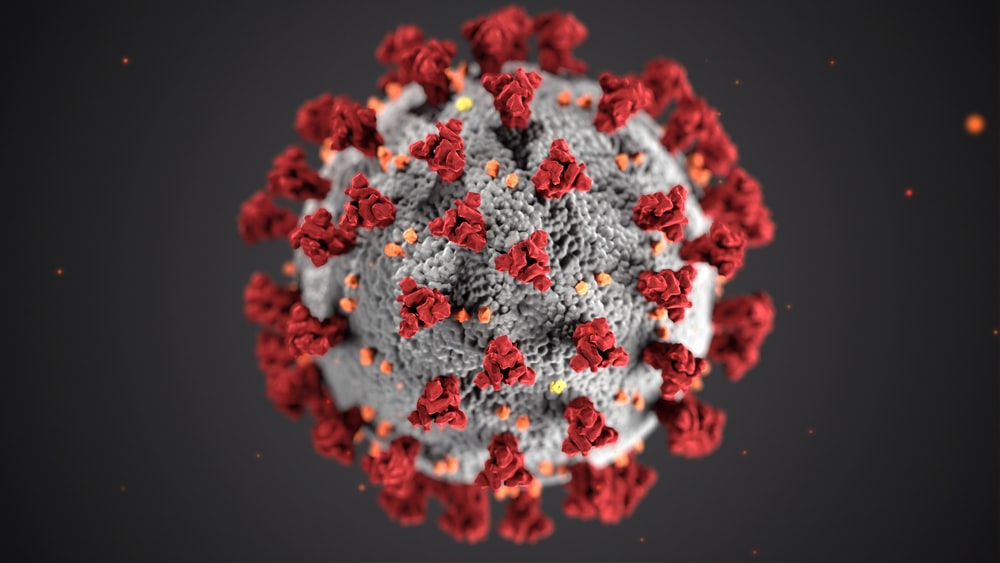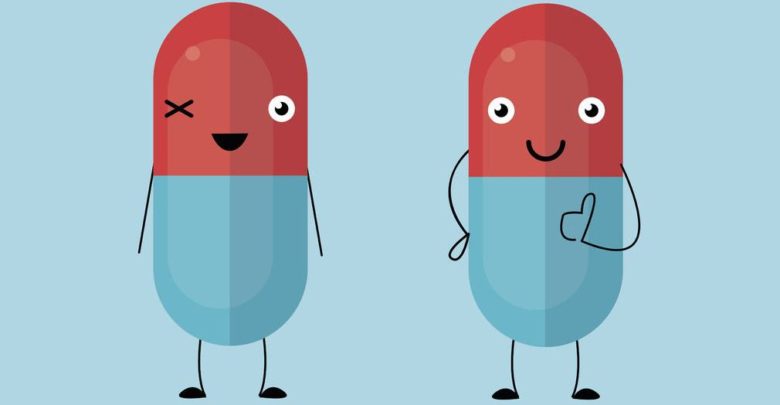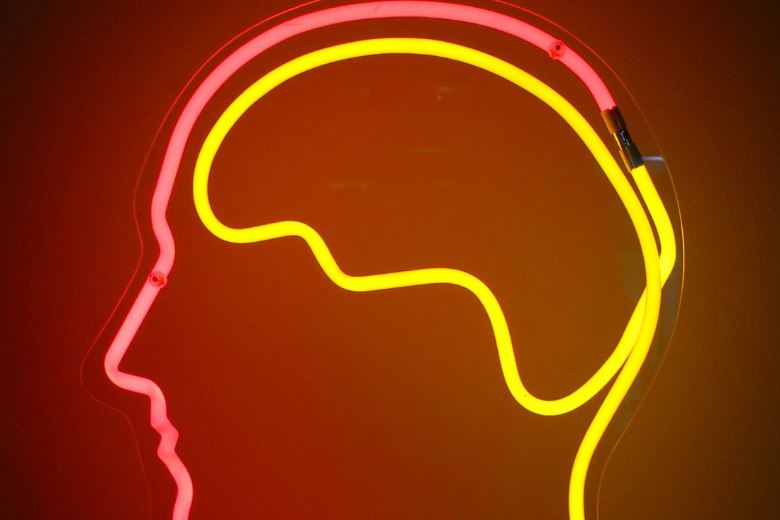
Prestigious British journal The Lancet has addressed ethical concerns related to using placebo controls in trials of Covid remedies and vaccines, finally arguing in favour of there use. The full article, dated February 19, 2021, is quoted below.
“The COVID-19 pandemic has affected our world like no other virus or disease in the past century. Thus, having a reliable vaccine to prevent its spread is urgent. The scientific community and society received with great hope the issuance of two COVID-19 vaccines by the US Food and Drug Administration for Emergency Use Authorization (EUA). However, this milestone has brought ethical and methodological questions about the continued use of placebo control for new candidate vaccine trials.
In January, 2021, our institutional review board approved an application for a phase 3, placebo-controlled COVID-19 trial using a protein-based platform in Ecuador. Here we share our experience and the rationale used to approve this protocol. The following are the justifying elements used in our judgment.
First, we had to consider economic and logistical issues. A proposed strategy to evaluate COVID-19 vaccines after EUA is to run head-to-head randomised trials with non-inferiority designs.
Due to an international shortage of approved vaccines, it is not feasible to do this kind of design locally. This constraint is even worse for low-income and middle-income countries (LMICs), which have less capacity to negotiate and purchase vaccines than do high-income countries (appendix). For example, by Feb 12, 2021, Ecuador was able to acquire 8000 doses of the Pfizer–BioNTech vaccine; however, there is a lot of uncertainty as to when and how many doses we will receive throughout the year to continue our massive vaccination programme.
Second, there is room to claim clinical equipoise in COVID-19 vaccine trials. Although we acknowledge the rigorous development process and comprehensive evaluation that the two vaccines faced to be granted EUA, they are still not completely licensed medical products and are subject to long-term surveillance, especially for safety. The scientific literature shows examples of fully licensed vaccines that have had to be taken off the market due to safety concerns (eg, Rotavirus vaccine).
Third, some scientists and bioethicists argue that researchers doing clinical trials should treat participants as if they were patients. If that is the case, in the best of their clinical interests, it would be unethical to give the participants a placebo.
We disagree with this argument and recognise that the researcher’s obligations differ among participants and patients. After our institutional review board assessed the risk–benefit profile of the new candidate vaccine and concluded that the benefits outweigh the potential risks, we concluded that use of proper informed consent would allow participants to enrol in the trial and accept some risks to collect socially valuable data.2
Having multiple vaccine producers to overcome this global shortage scenario is morally and ethically imperative, especially for LMICs.
We declare no competing interests.”










